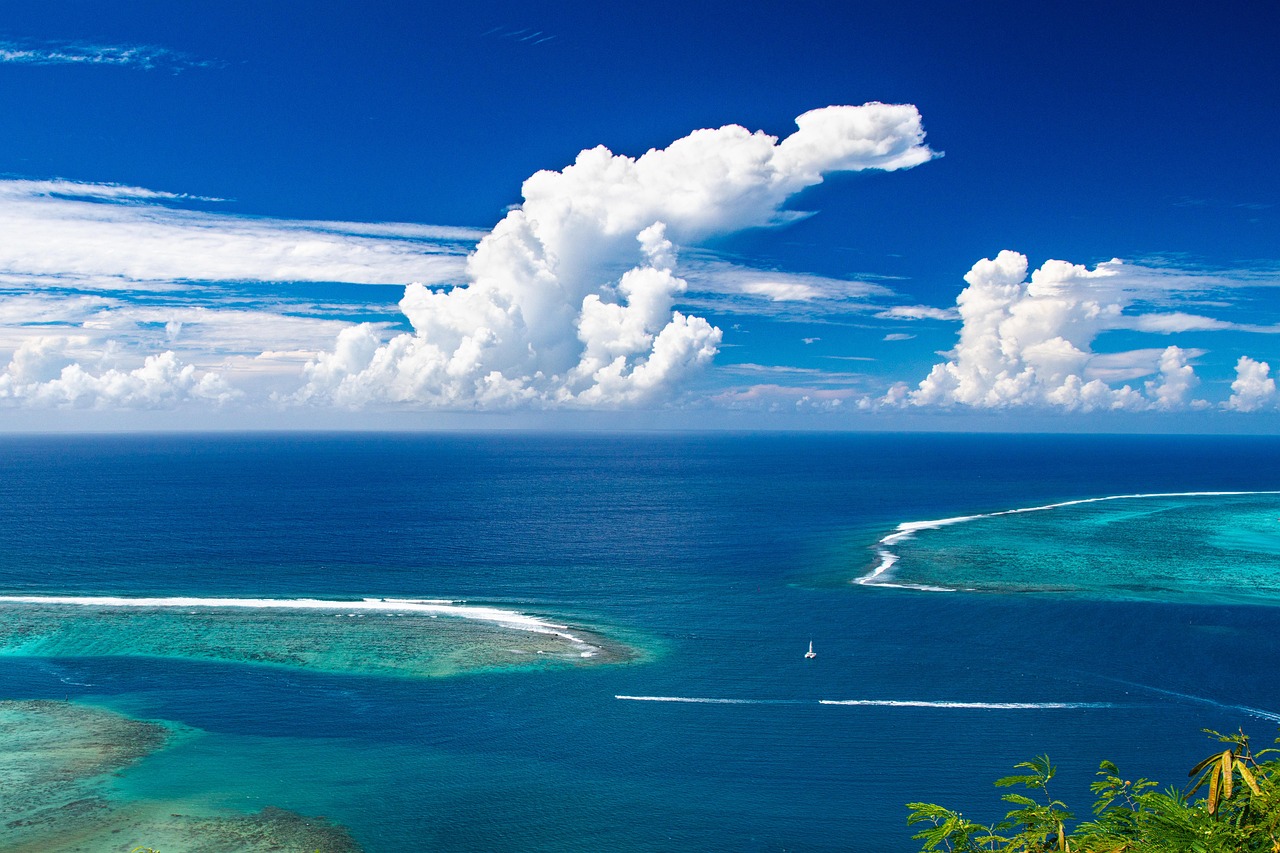Locations with the most attractions in French Polynesia
- Papeete (Tahiti)
As the capital city, Papeete is a bustling hub with a rich cultural scene. Visitors can explore the Municipal Market, sample local street food, and enjoy the vibrant atmosphere of the waterfront. - Mo'orea
Just a short ferry ride from Tahiti, Mo'orea is known for its stunning lagoons, lush mountains, and opportunities for snorkeling and hiking. - Bora Bora
Famous for its crystal-clear waters and luxury resorts, Bora Bora offers unparalleled opportunities for water sports and relaxation. - Raiatea
Home to the UNESCO World Heritage Site, Marae Taputapuātea, Raiatea is rich in Polynesian history and culture. - Hiva Oa (Marquesas Islands)
Known for its archaeological sites and as the final resting place of artists Paul Gauguin and Jacques Brel, Hiva Oa offers a deep dive into Polynesian heritage.
Types of attractions in French Polynesia
- Historical & Cultural Sites
Explore ancient marae (temples) like Taputapuātea in Raiatea, which holds deep cultural significance. - Natural Wonders
Discover the island's diverse landscapes, from volcanic peaks to serene lagoons, offering numerous hiking and snorkeling opportunities. - Marine Life
Experience the rich marine biodiversity through activities like manta ray snorkeling and whale watching. - Religious Sites
Visit churches and cathedrals such as Notre Dame Cathedral in Papeete, reflecting the region's spiritual heritage. - Family-Friendly Activities
Engage in family-oriented experiences like lagoon tours, cultural workshops, and visits to botanical gardens.
Most famous fortresses in French Polynesia
- Marae Taputapuātea (Raiatea)
A UNESCO World Heritage Site, this ancient temple complex was a central place of worship and political activity. - Upeke Marae (Hiva Oa)
Located in the Marquesas Islands, this ceremonial site is known for its stone platforms and spiritual significance. - Atuona Village (Hiva Oa)
Visit the Gauguin Museum and the resting places of artists Paul Gauguin and Jacques Brel in this historic village.
National parks and protected nature
- Te Fenua 'Enata
This vast marine protected area spans over 4.8 million square kilometers, safeguarding diverse marine ecosystems. - Fakarava Atoll
A UNESCO Biosphere Reserve, Fakarava is known for its rich biodiversity and pristine coral reefs. - Moorea Lagoon
Protected as a marine park, this lagoon offers excellent opportunities for snorkeling and observing marine life. - Rangiroa Atoll
One of the world's largest atolls, Rangiroa is a haven for divers and marine enthusiasts.
Major religious sites in French Polynesia
- Notre Dame Cathedral (Papeete)
Located in the capital, this cathedral is a prominent example of French Polynesian religious architecture. - Church of the Holy Family (Papeete)
Another significant church in Papeete, known for its historical and architectural value. - Protestant Temple of Papetoai (Mo'orea)
Situated in the village of Papetoai, this temple reflects the Protestant heritage of the region. - Cathedral of St. Michael (Rikitea, Mangareva)
A historic cathedral on the island of Mangareva, showcasing colonial-era architecture. - Church of the Immaculate Conception (Bora Bora)
Located in Vaitape, this church is known for its picturesque setting and cultural significance.
Visitor tips for attractions in French Polynesia
- Opening Hours
Attractions typically open from 8:00 AM to 5:00 PM; however, it's advisable to check specific sites for accurate timings. - Ticket Prices
Entry fees vary; some sites may offer discounts for students or seniors. - Dress Code
Modest attire is recommended, especially when visiting religious sites. - Photography
Always ask for permission before photographing people or sacred sites. - Local Etiquette
Respect local customs and traditions; a friendly greeting in Tahitian or French is appreciated. - Reaching Remote Sites
Many attractions are accessible by guided tours or local transport; renting a car can be convenient for exploring at your own pace. - Tour Options
Guided tours can enhance your experience by providing historical and cultural context. - Currency
The local currency is the CFP franc (XPF); credit cards are widely accepted, but it's advisable to carry some cash for remote areas. - Safety
French Polynesia is generally safe; however, always follow safety guidelines, especially when engaging in water activities.




















